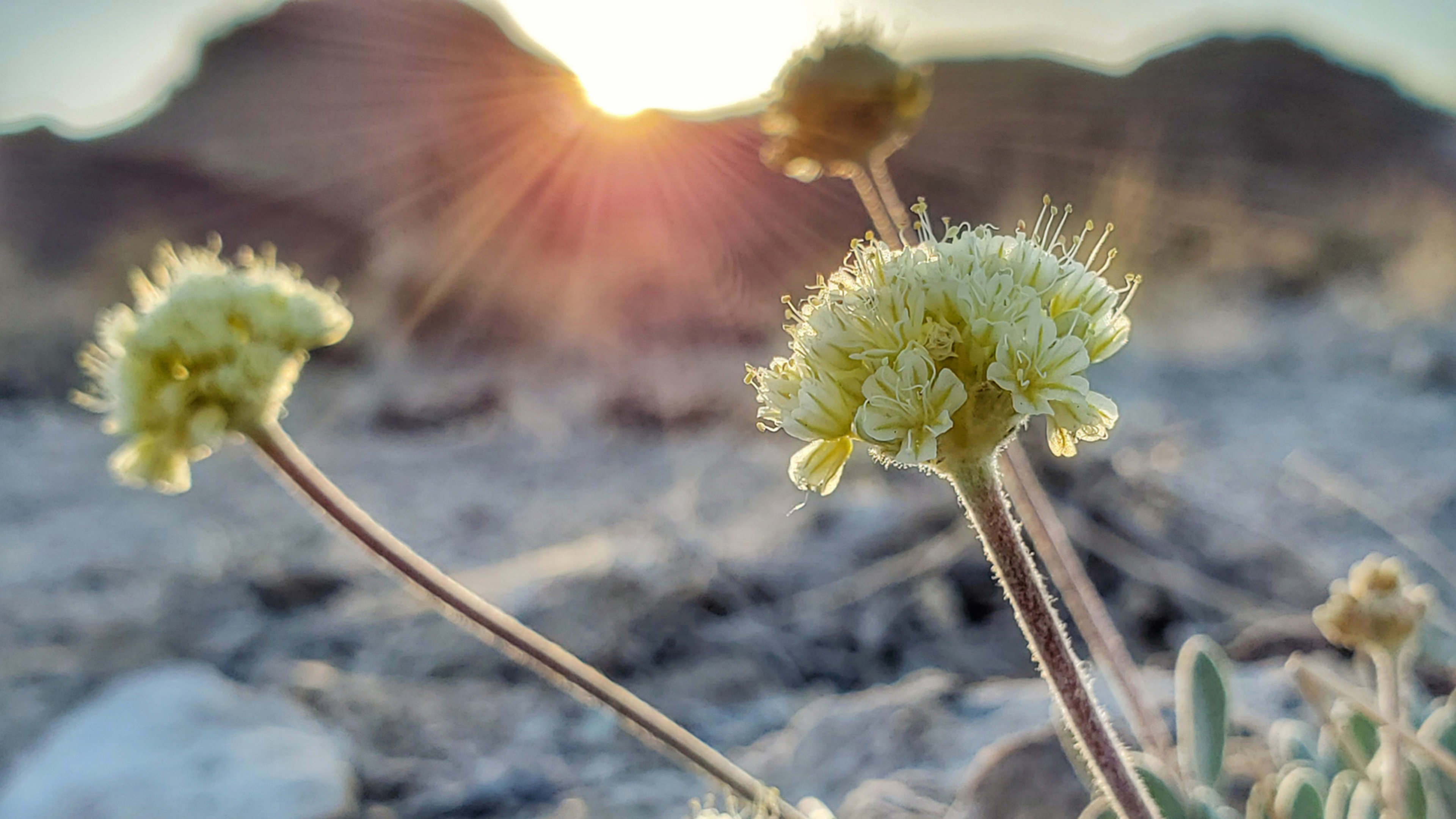In a remote corner of Nevada a four hour drive north of Las Vegas, there’s a small yellow flower that exists nowhere else in the world: Its entire global habitat takes up a chunk of federally-owned land a little smaller than two football fields. That land also happens to be the site of a proposed lithium mine, which could produce enough lithium each year for the batteries in 400,000 electric cars.
Later this year, the U.S. Fish and Wildlife Service will make a final decision on whether to list the wildflower, called Tiehm’s wild buckwheat, on the Endangered Species List. And the Bureau of Land Management, the agency responsible for granting mining leases on federal land, will decide whether the mine can move forward, potentially destroying 90% of the rare plant’s habitat. It’s one example of a recurring challenge: How far should we go to speed up the energy transition if that also threatens the environment in other ways?
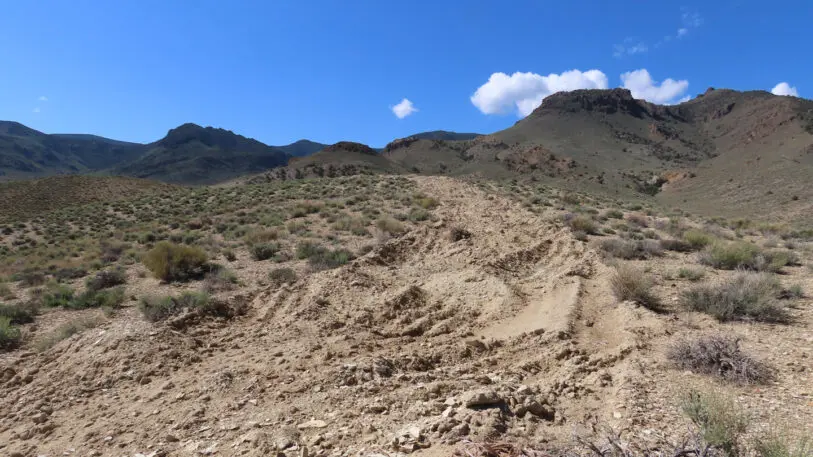
“The plant is in critical danger of going extinct,” says Patrick Donnelly, the Nevada director for the Center for Biological Diversity, a nonprofit that has been fighting in court to protect the flower for more than three years. “This mine would destroy almost all of its habitat. I think, for people who haven’t been there, it’s hard to imagine what a small area this plant grows on…The guy who discovered the plant was once quoted as saying one guy with a bulldozer could wipe out the whole species.”
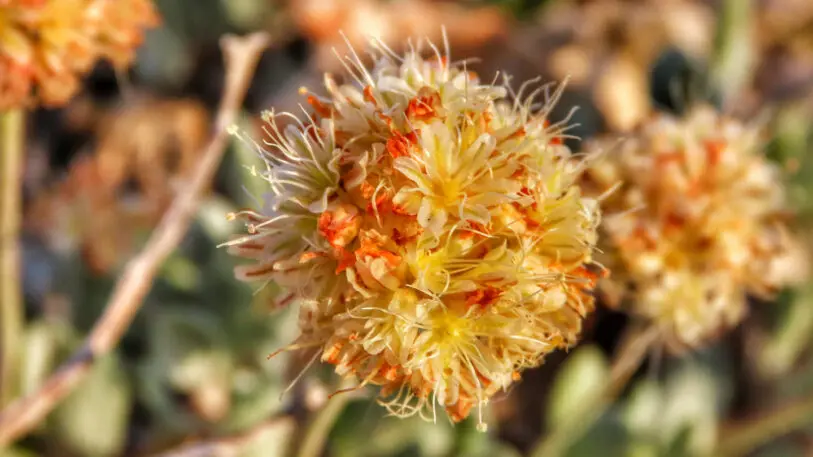
In emails later obtained by the Center for Biological Diversity, BLM employees joked about calling Tiehm’s buckwheat “the plant that shall not be named,” possibly to avoid public records requests. “We’re not allowed to talk about that species!” one employee wrote.
A Plant That Can Only Live In One Place
The plant itself is unassuming: A faded gray color for most of the year, it flowers briefly in the spring after it rains, with a small round yellow bloom. It’s one of hundreds of wild species of buckwheat, relatives of the crop used to make flour for pancakes. It wasn’t discovered until the 1980s, when a botanist then working at the New York Botanical Garden, Jerry Tiehm, was hiking through the West in search of new plants. The plant appears to have evolved to grow only on the lithium-rich soil in the area.
The site is unique, as one of only two places in the world known to contain large amounts of both lithium and boron. In fact, the mining company plans to produce much more boron than lithium. (While lithium is a key ingredient used in batteries for electric vehicles and renewable energy storage, boron plays less of a starring role in the energy transition, though Ioneer has pointed out that boric acid is used in things like magnets in electric cars and wind turbines.) Because the company can mine both boron and lithium simultaneously, it helps substantially lower the cost of production.
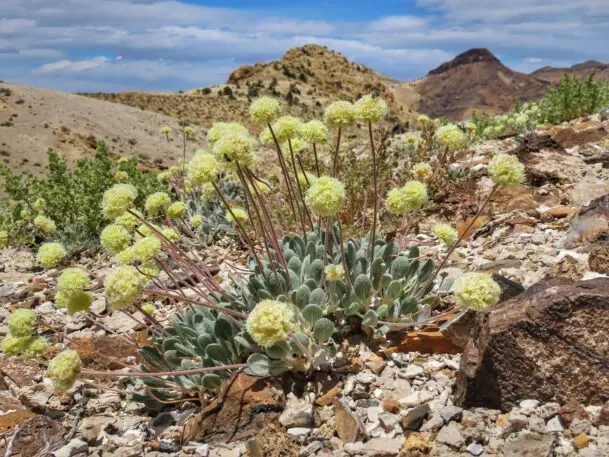
In 2019, at the same time that study was beginning, the Center for Biological Diversity petitioned to protect the flower under the Endangered Species Act, and sued both BLM and Ioneer to stop exploration activities, including grading a new road that cut through the flowers. “We’re not opposed to domestic lithium production,” Donnelly says. “But we’re opposed to extinction.” A U.N. report in 2019 estimated that 1 million species now risk extinction for a variety of reasons caused by humans. Some of the drivers are complex problems, like climate change; the mining company has argued by supporting the clean energy transition it will actually protect the rare plant, which is already suffering from climate impacts such as drought. But mining can destroy the plant’s small habitat directly.
Exploration stopped because of the litigation, although some plants mysteriously died anyway: On a visit to the site in 2020, a botanist saw holes and torn up plants. “They were sort of strewn about—thousands and thousands of plants all across the habitat,” says Naomi Fraga, the botanist, who has been advocating for protection of the plant. “It was only those plants, and it wasn’t happening to any other plants.”
Fish and Wildlife Service scientists later used DNA testing to blame the damage on squirrels, though Fraga is skeptical. “It wouldn’t be totally unheard of to be a walking around and see a plant that might have been chewed by an animal,” she says. “But to see that systematically across the whole global range of species is pretty much unheard of.” Ground squirrels don’t typically forage on roots, and the study of the plants happened well after the damage had occurred, meaning that the plants could have been chewed on after they’d already been torn out of the ground.
It’s not impossible to imagine that someone, unhappy about the delay to the mine, did the damage. (Earlier, Donnelly also spotted a poster that Ioneer had placed in a nearby town offering a $5,000 reward for sightings of the plant, as it hoped to prove that the plant existed elsewhere; the poster told people not to collect the plant, but it’s also theoretically possible that someone saw it and misunderstood.) Since the destruction was discovered, it hasn’t happened again.
“Critical minerals mean you have to move dirt”
Some people living in the area support the mine because it would bring new jobs and tax revenue. And the mine could help with the supply of lithium, which currently can’t keep up with demand, forcing battery costs higher at a time when the car industry needs to switch to electric vehicles to reduce climate risks. Other proposed lithium projects in the U.S. are also facing opposition because of environmental impacts.
“The way I sort of look at it is yes, there could be reasons to not develop some resources, but we probably have to be able to develop something,” says Ian Lange, an economics professor at the Colorado School of Mines who previously served on the Council of Economic Advisers under both the Trump and Biden administrations. “Biden wants these technologies that need critical minerals, but critical minerals mean you have to move dirt.” There is no simple answer, he says.
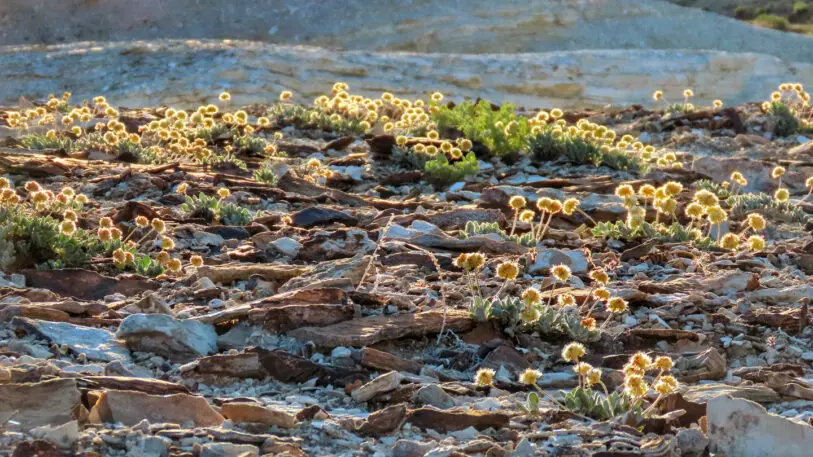
The nonprofit proposed a one-mile buffer zone, which Ioneer has rejected. “We, as an organization, are not opposed to lithium production,” Donnelly says again. “We have a whole team of people who fights every day for electric vehicles and battery storage.” (The organization has a “safe climate transport” campaign, a climate law institute, and an energy justice program.)
Huge amounts of lithium will be needed to make the energy transition possible, and as battery production ramps up in the U.S., it would be helpful to build up domestic lithium supply. The only lithium mine operating in the country today, also in Nevada, produces just 5,000 tons of lithium a year, and sends the product outside of the U.S.; Ioneer expects to produce more than four times as much annually. (That’s still a tiny fraction of global production.) But future batteries could also be made from alternatives like zinc, a less expensive material that already has sufficient supply and wouldn’t require such a large push for new mining.
New approaches for extracting lithium could also help. The Ioneer site isn’t the only one under contention; not far away, another large lithium mine, which contains an estimated $3.9 billion worth of the mineral, is also being challenged in court for threatening groundwater, streams, and a species of trout. Mining is harmful to nature in general—not only to rare flowers. (Making a single battery for an electric car, including cobalt, lithium, and other key materials, can involve digging up from 200,000 to more than 1,500,000 pounds of earth.)
The other common method of producing lithium, using huge evaporation ponds, causes other environmental challenges. Eventually, recycling batteries can help supply some of the demand. And a new method called direct lithium extraction, which can efficiently pull lithium from underground saltwater, can minimize environmental damage. In Clayton Valley, Nevada, one pilot project will soon begin testing that approach.
“I think we need lithium,” Donnelly says. “It’s not a foregone conclusion we need open pit lithium mines. And we definitely don’t need open pit lithium mines that drive species extinct. That’s not a green technology. That’s just that’s the same old way of doing business that got us to the place we are today. We’re on the brink of the climate crisis and ecological collapse because we drive species extinct, right? You need a new way of doing business.”
Recognize your brand’s excellence by applying to this year’s Brands That Matter Awards before the early-rate deadline, May 3.
